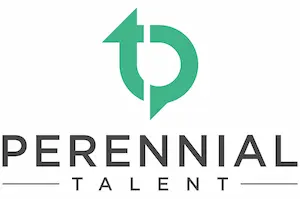Do You Hear What I Hear? Tips for Developing a Communication Plan
Throughout every phase of your competency project, communication is the cornerstone and is critical to the success of the competency project.
A well-thought-out communication plan will help you to manage expectations and resistance, ensure that you use communication methods in the most effective way possible and that you generate awareness and support for the initiative.
Here are three key steps to plan your communication:
1. Conduct a Stakeholder Analysis
Identify the groups or individuals who are likely to be affected by the competency project. A good communication plan identifies who the key stakeholders are, what information they will want and need, and the best way to deliver this information to them. It is important that you really understand what key messages they will need to hear.
2. Identify Communication Method(s)
There are a variety of communication methods that can be used and tailored to each specific audience throughout your competency project. You can use face-to-face communication such as meetings, presentations, workshops, brown bag sessions, town hall meetings, and one-on-one discussions. You can also use technology-based communication such as emails, e-newsletters, memos, teleconferences/videoconferences, web portals, tweets, and podcasts. Don’t be afraid to be creative with your communication and find ways to draw people in. For example, we have had clients that have used branded mousepads or even cartoon videos to advertise the value of using competencies.
3. Developing a Communication Plan
Once you have identified the key stakeholders and communication methods, you will need to identify the key messaging for each group as well as the timing of each communication and ultimately who is responsible for creating and delivering the message. It is important to ensure that all communicators are viewed as trusted, respected, credible, and that senior leaders support the communication.
By following these 3 key steps, you can make sure that everyone has a clear understanding of why competencies are so valuable and how their use can only serve to benefit them.
To learn more about communication and incorporating competencies into your HR programs, check out our Using Competencies in HR Toolkit!


